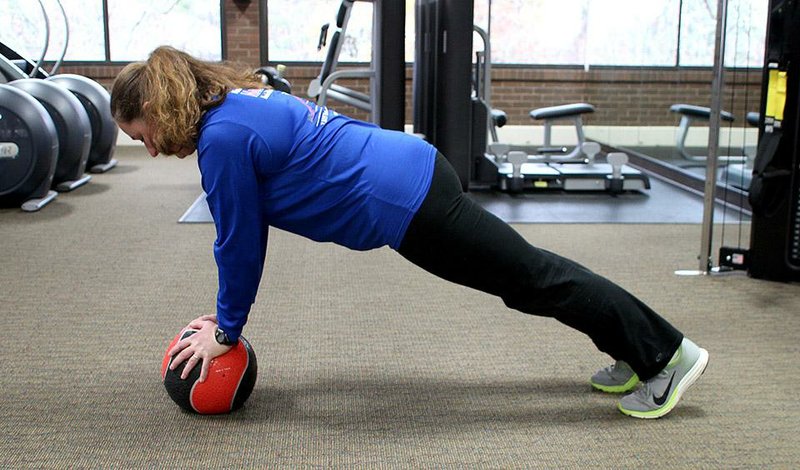In the 1970s and '80s, medicine balls were largely underutilized by people who wanted to get stronger. These weighted balls were viewed as relevant for boxers, physical therapists -- specialists -- but not for everyday strengthening.
During the 1990s, the proliferation of functional and core training changed this view of medicine balls.
This week, I'll discuss the many advantages of medicine ball training and introduce an exercise that uses the ball in a special way.
Any fitness center worth its salt has multiple medicine balls on hand. These balls -- some weighted and bouncy, others just weighted -- have become a staple within group classes, abdominal training and functional training methods. The trouble is, few people take advantage of the versatility of the weighted ball, favoring instead to simply hold onto it during a traditional situp.
The medicine ball is one of the few pieces of fitness equipment you can throw or toss. Well, I should probably rephrase that. It's one of the few pieces of fitness equipment designed to throw or toss. This unique characteristic puts the medicine ball in a special category that allows the exerciser to work on hand-eye coordination, momentum and strength training at one time.
Another cool quality of the medicine ball is the, well, spherical nature of the thing. The fact that there are no corners or flat sides makes it ideal for balance training, therapy and also for children. Kids are accustomed to playing with different sorts of balls anyway, and I've found that medicine balls help kids begin to understand fitness.
This week's exercise is designed to capitalize on the spherical nature of the ball by adding an element of balance to a moving plank exercise. This small variation completely changes the exerciser's base of support and forces the core muscles to contract to maintain correct posture.
1. Place a medicine ball on the floor.
2. Get into the "up" phase of a pushup with both hands on the ball.
3. Keep your arms straight and raise your right knee toward your right elbow.
4. Return the right foot to the starting position, then repeat with the left knee.
5. Continue alternating knee raises as you keep the core activated throughout the plank.
6. Perform two sets of 12 repetitions.
The difficulty of this exercise can be reduced by keeping one hand on the floor and one hand on the ball. This will still give the exerciser some challenge from a balance perspective but will be far less stress on the arms and shoulders.
If you're looking for a more difficult version, try placing one hand on your hip and hold yourself up with only one hand on the medicine ball. This version obviously requires well above average balance and upper body strength.
Regardless of which version you choose, remember to match it to your overall fitness level and skill. Enjoy!
Matt Parrott has a doctorate in education (sport studies) and a master's in kinesiology and is certified by the American College of Sports Medicine.
ActiveStyle on 12/22/2014

